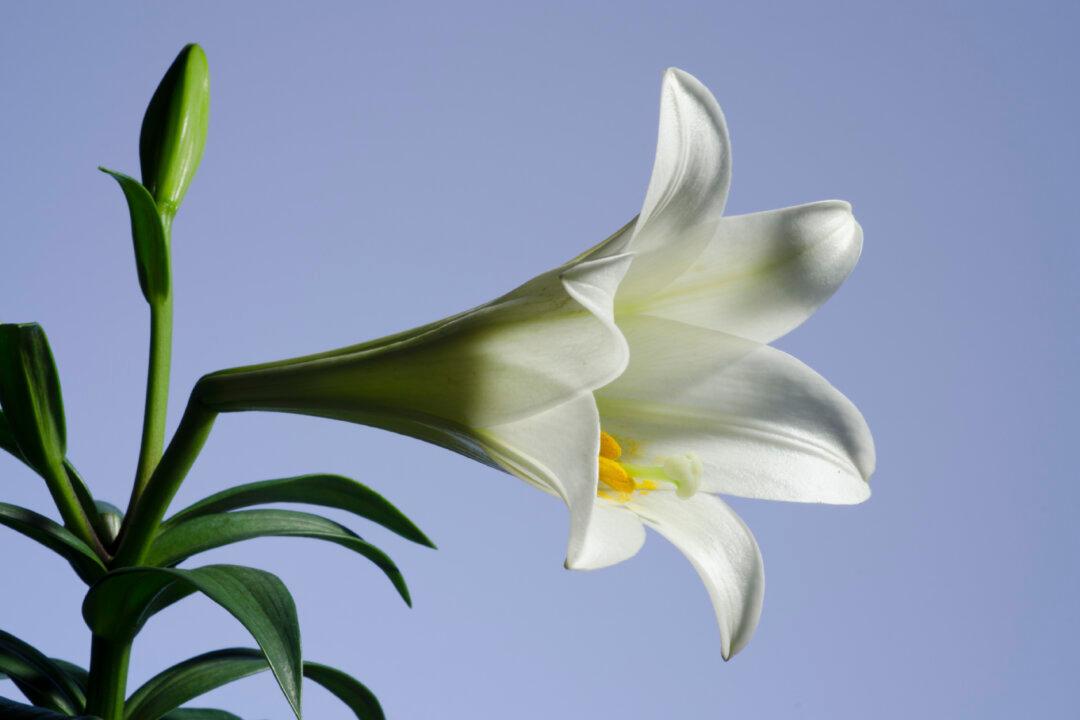The Easter lily has large, white, trumpet-shaped flowers that triumphantly announce the arrival of spring. It’s a gorgeous ornamental, a potent ancient symbol, as well as a traditional food and medicine.
The lily is an important symbol to Christians because its spring bloom symbolizes the resurrection of Jesus. But in older cultures, lilies were associated with female gods, such as Hera, Juno, and Venus. In ancient Mesopotamia, the lily was linked with Ishtar, a goddess who embodied both creation and destruction (fertility and war).






